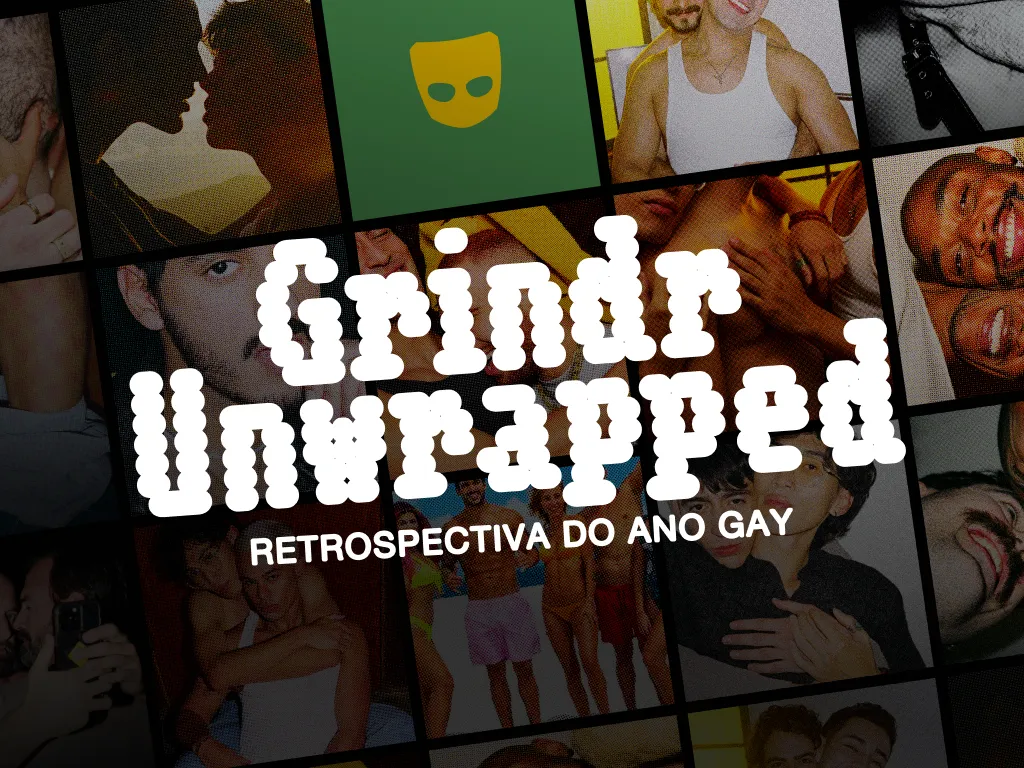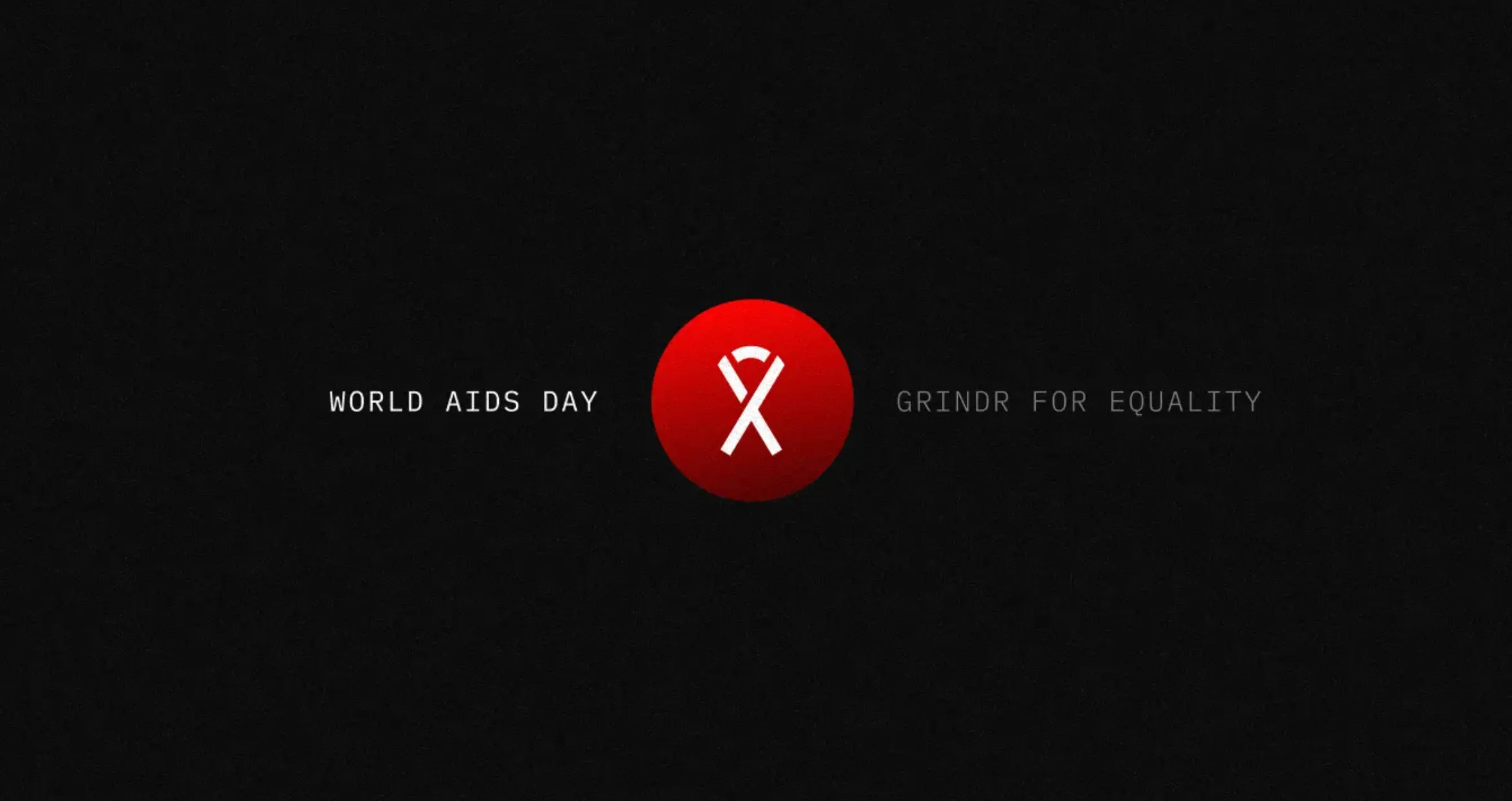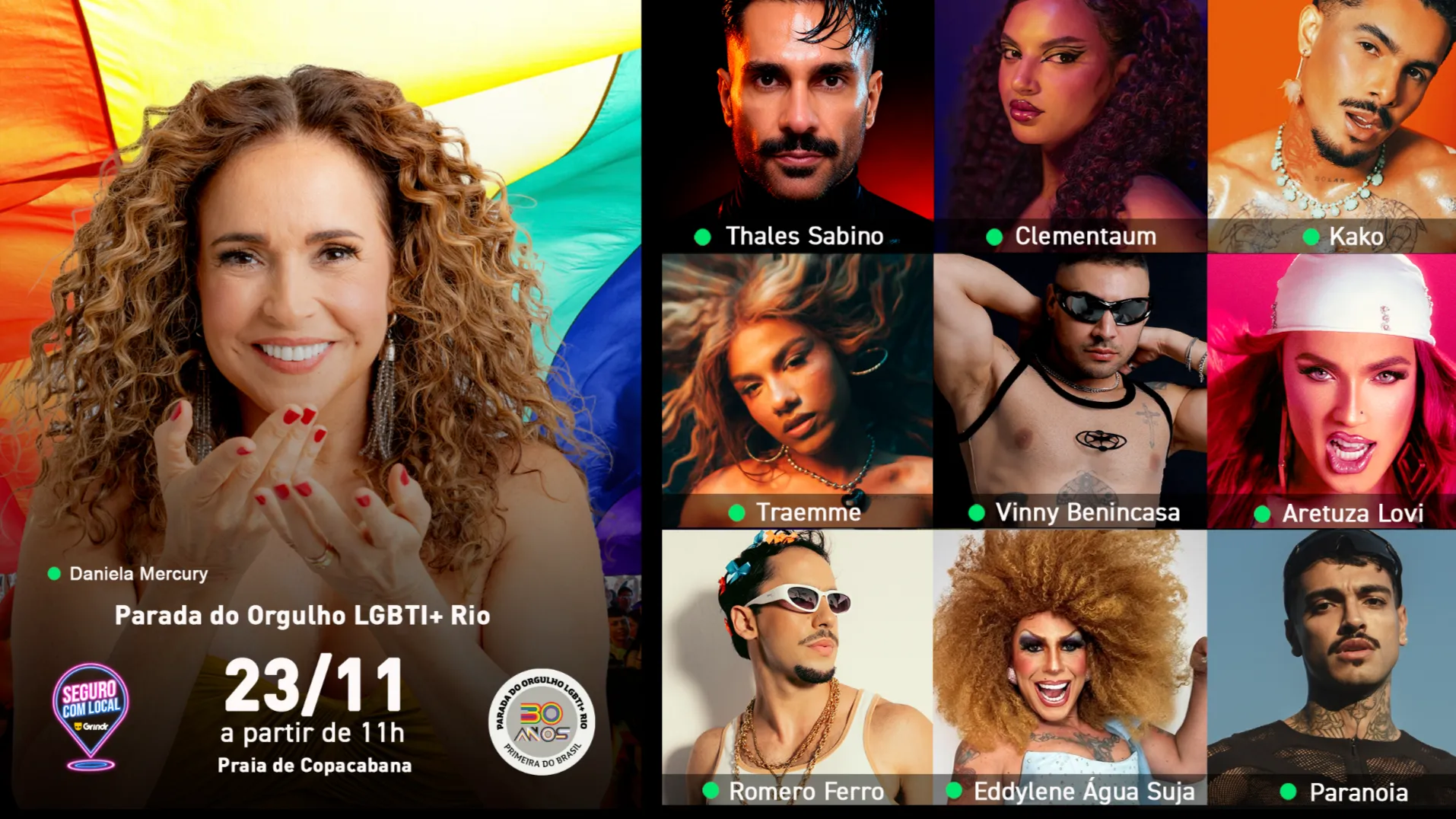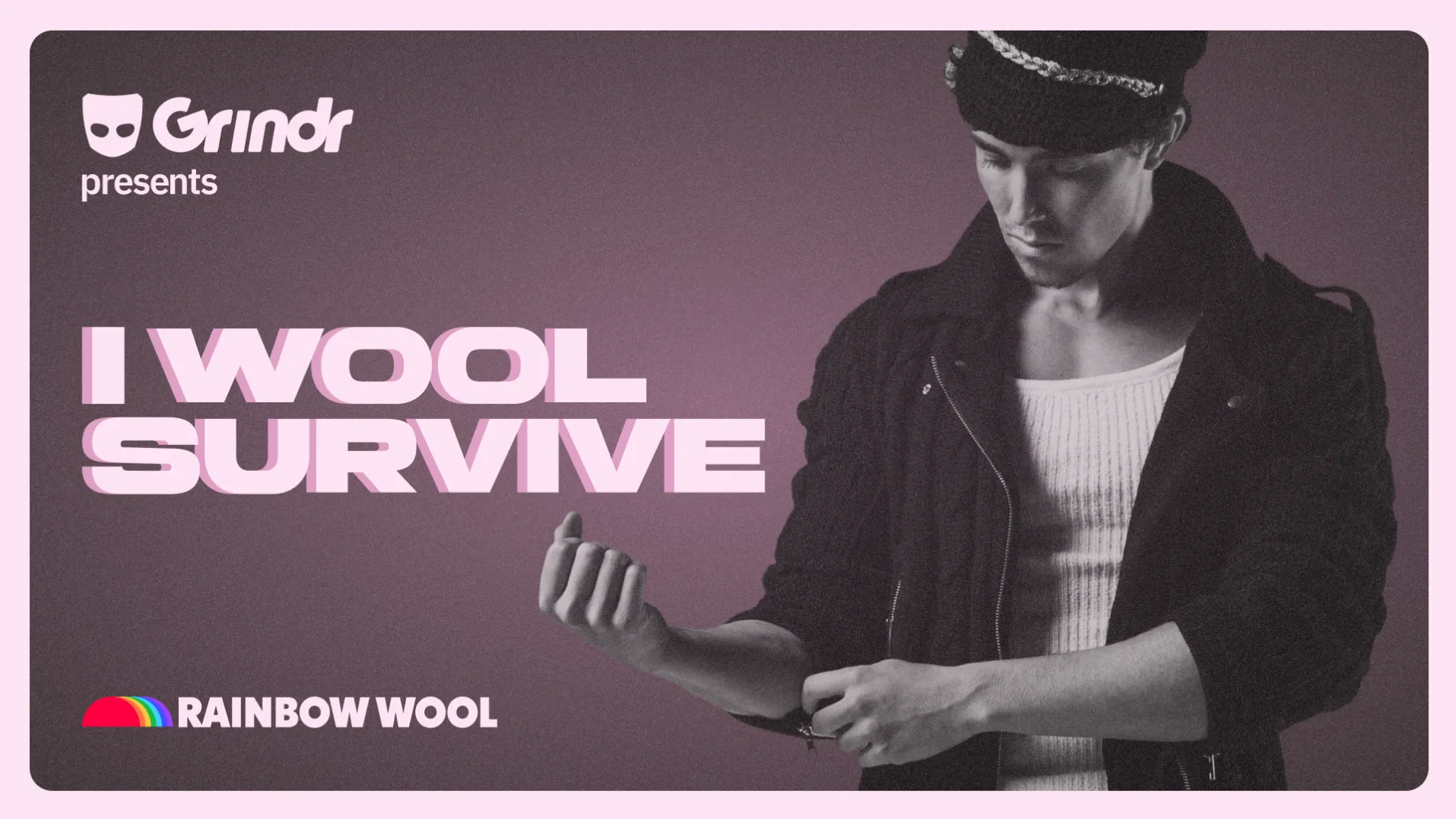What Is the Kinsey Scale? Forget Labels, Let’s Talk Spectrum

You might have heard that sex and sexuality exist on a spectrum. Some have their sexual orientation all sorted out from day one, whereas others spend a good chunk of their life exploring and changing.
Wouldn’t it be easier if, instead of labels like homosexual or heterosexual, you could just tell people a numerical rating of your gayness? That’s where the Kinsey Scale comes in handy. The Kinsey Scale of sexuality drops those wordy labels and assigns numbers instead, making it a simple (spoilers: sometimes too simple) way to communicate your sexual orientation.
Rejoice, nerds and numerophiles! This method is precisely what you’ve been looking for.
What is the Kinsey Scale?
The Kinsey Scale was developed by foundational sexologist Alfred Kinsey in the mid-20th century. Kinsey wanted a way to qualify someone’s sexuality without strict terms like “homosexual” and “heterosexual.” He understood sexuality is fluid. His solution was to develop a scale that ranges from 0 to 6 based on one’s sexual history and desires rather than the way they identify.
Here’s the breakdown:
- 0 — This is the quintessential straight person. They’re solely attracted to the opposite sex and have zero interest in engaging in gay or bisexual behavior.
- 1 — This is still probably someone who would consider themselves straight. But maybe they’ve had a few dreams and curiosities about how things on the other end of the scale operate.
- 2 — Potentially still a “straight” person who engages (or has engaged) in sexual activities with the same sex. This person could also be bisexual with a strong bias toward the opposite sex.
- 3 — This is true neutral. The bisexual individual who truly swings both ways and doesn’t have a preference for men or women (because that’s what the scale assumes we’re discussing here).
- 4 — Fours are gayer for sure but would still likely consider themselves bisexual. Maybe they’ve always seen themselves ending up with a partner from the same sex but keep themselves open to other possibilities.
- 5 — This person may have had (or thought about) sex with the opposite sex, but it definitely isn’t their bread and butter. Much like how Ones often identify as straight, they probably see themself as gay.
- 6 — Gay! Couldn’t show interest in the opposite sex if you paid them to.
- X — So this one’s interesting. Kinsey did account for individuals who had little to no socio-sexual interactions. Asexual representation is neat, even if they don’t get a fun number like everyone else.
Because heterosexuality is the implied “norm,” this actually ends up being more of a “gay scale” than anything else. If you want to rank how gay you are from “says ‘No homo’ to the dentist before a checkup” to “cums rainbow glitter,” the Kinsey Scale can help you do that.
It’s theoretically valuable for fleshing out varying degrees of bisexuality, but not everyone thinks their sexual orientation is essential information to quantify for strangers (or themselves). Plus, it doesn’t account for people whose “hear me out” is a Gremlin or “whoever’s willing to flog me with jumper cables.” Still, some see the scale as a step in the right direction toward recognizing the complexity of human attraction.
The Kinsey Scale’s origins
Kinsey’s research on the human sexuality spectrum, done primarily through interviews and surveys, challenged the norms at the time. Most people in the 1940s still didn’t openly talk about other sexualities — not to mention gay stuff — and misconceptions about sex and sexual behavior were abundant.
But the research revealed what was actually going down: Many people didn’t fit into the neat little boxes society had laid out for them. Beyond straight or gay, the findings proved that sexual diversity and fluidity existed, and his scale was the best way to demonstrate them at the time.
He introduced the scale in his book Sexual Behavior and the Human Male and applied it again in Sexual Behavior in the Human Female five years later. The concept went off like a Roxxxy Andrews wig reveal; that’s to say, it was a landmark moment in the discussion of sexual fluidity and human desire.
Behind the scenes of the Kinsey Scale
The context behind creating the Kinsey Scale is essential for understanding the scale itself. Kinsey was certainly going against the grain with his research in the famously conservative 1940s and ’50s. Because of that, his research was shockingly limited by today’s standards. Not only that, but his subjects didn’t accurately represent humanity as a whole; most of the participants were white, middle-class Americans.
That’s not to say his findings were baseless, but they didn’t account for experiences from other backgrounds and cultures. Which, if you think about it, are pretty important if you’re going to craft a scale that makes sweeping generalizations about sexuality.
Another area where the scale falls short is in its emphasis on sexual behavior. It’s not a scale to qualify emotional or romantic attraction. The language to define these nuances was still under construction, so it’s understandable that Kinsey didn’t necessarily consider feelings and personal identity part of sexual orientation. But it’s crucial to understand this limitation when viewing the Kinsey Scale through a modern lens.
{{video-inline-cta}}
Are there limitations of the Kinsey Scale?
We’ve kind of already answered this; it’s certainly not the end-all-be-all for sexuality, nor is it a particularly good substitute for gaydar or understanding someone else’s sexual orientation. But there are a few other ways that the Kinsey Scale falls short, even if Kinsey himself meant for it to be a progressive approach to sex.
It doesn’t account for all sexualities
One of the primary criticisms of the Kinsey Scale is that it doesn’t encompass the full spectrum of sexual orientations. Although it provides a framework for understanding heterosexuality and homosexuality (and asexuality to a lesser extent), it falls short in recognizing graysexuality, pansexuality, and other queer identities. As society becomes more aware of the diversity of sexual orientations, it’s clear that a more inclusive model is needed.
It assumes heterosexuality and homosexuality are opposites
Ah, yes, the two sexualities: gay and not gay. Although it was nice to have some bisexual representation, this revolutionary scale was doomed to feel limiting after Kinsey set heterosexuality and homosexuality as opposites, like fire and ice. Beyond bisexual or fluid, some people may experience attraction to multiple genders in different ways and never consider conforming to a linear scale. So, even though the scale technically allowed for nuance, it wasn’t enough to cover something as complex as human sexuality.
It views gender as binary (male/female)
Speaking of things being binary, the scale automatically assumes a male/female dichotomy. It doesn’t consider non-binary, agender, genderqueer, or genderfluid identities. Again, this shows Kinsey’s scale is a product of its time. We now have a lot more ways of talking about and exploring gender. It’s just unfortunate that the Kinsey Scale doesn’t address that.
It highlights sexual behavior and sexual attraction over personal identity
The Kinsey Scale primarily focuses on sexual behavior and emotional or romantic attraction. Although behavior is an essential aspect of sexuality, it doesn’t capture the complete picture of an individual’s identity or experiences. Many people may engage in behaviors that don’t align with their emotional attractions or how they identify. This limitation can lead to misunderstandings and misrepresentations of people’s actual sexual identities.
Alternatives to the Kinsey Scale
If you’re not feeling the Kinsey Scale, what other options are out there? Fortunately, we aren’t the first to acknowledge the scale’s shortcomings, and others have devised more inclusive ways to represent diverse sexual identities.
- Klein Sexual Orientation Grid (KSOG)
- Storms Sexuality Axis
- Sell Assessment of Sexual Orientation (SASO)
- Multidimensional Scale of Sexuality (MSS)
The KSOG was developed in the 1970s to expand on the Kinsey Scale. The grid evaluates sexual orientation based on sexual attraction, sexual behavior, social considerations, and even self-identity. Michael Storms’s Storms Sexuality Axis is similar and acknowledges how fluid sexuality is by positioning sexual orientation on a two-dimensional grid.
Despite their more nuanced takes, none of these scales fully encapsulate attraction outside the gender binary, proving that you just can’t put our community in a box.
Tipping the scales of sexual attraction
You can use the Kinsey Scale as an excellent base for understanding human sexuality. But as a tool to help gay people identify their level of gayness? It doesn’t really fit the bill these days. Instead, focus on embracing your understanding of your unique sexuality. You already know you’re not a label, but you aren’t a number, either. So, let’s just admit that the spectrum exists, and where you fall on it is a journey only you can put into words (or numbers).
Looking for some field experience in your sexual research? You’ll find some serious Threes through Sixes (and probably a few below a three, if we’re being real) in your area on Grindr. Some might even be a perfect 10. Download the Grindr app today and find out just how gay you can get.










.webp)


.webp)
.webp)











